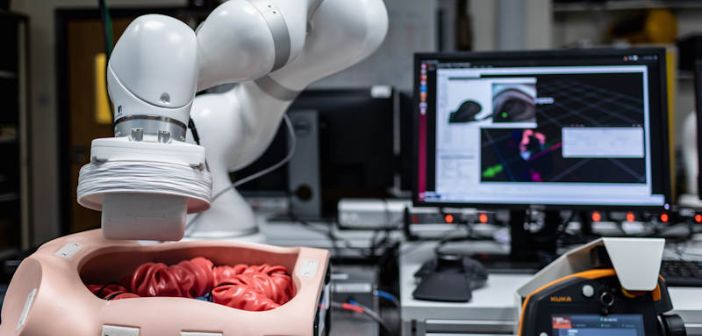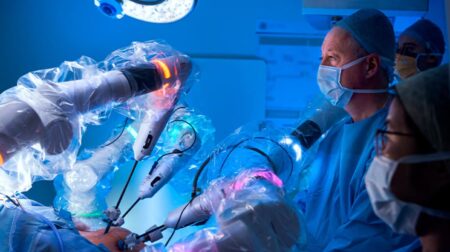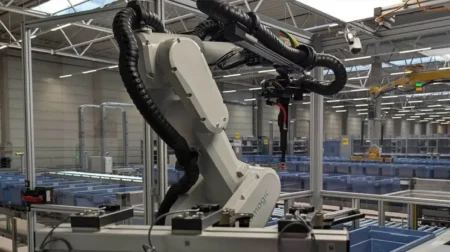An intelligent robotic system could make colonoscopy kinder and easy, according to the team behind the technology at the University of Leeds.
Following 12 years of research by an international team of scientists, which has been published in the scientific journal Nature Machine Intelligence, the robot could be in use by as soon as next year.
According to the team, the robot can guide instruments to precise locations in the body to take biopsies or allow internal tissues to be examined. A doctor or nurse would make clinical decisions but manipulating the device is offloaded to a robotic system.
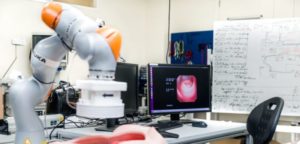
The system is based on the principle of magnetic force, with a capsule-shaped device tethered to a narrow cable that is inserted into the patient and then guided into place by a robotic arm. The arm is positioned over the patient, moving around as it manoeuvres the capsule. This illuminates the need for a doctor or nurse to push in a colonoscope.
The magnet on the outside of the patient interacts with small magnets in the capsule inside the body, navigating it through the colon. This, according to the researchers, will be less painful than having a conventional colonoscopy.
Pietro Valdastri, professor of robotics and autonomous systems at the University of Leeds, said: “Colonoscopy gives doctors a window into the world hidden deep inside the human body and it provides a vital role in the screening of diseases such as colorectal cancer. But the technology has remained relatively unchanged for decades.
“What we have developed is a system that is easier for doctors or nurses to operate and is less painful for patients. It marks an important a step in the move to make colonoscopy much more widely available, essential if colorectal cancer is to be identified early.”
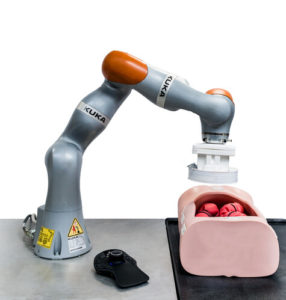
As guiding the robot manually can be difficult to master, the team has also developed different levels of robotic assistance. In test conditions 10 non-expert staff were asked to get the capsule to a point within the colon within 20 minutes using three different levels of assistance. Using direct robot control, the participants had a 58% success rate, that increased to 96% using intelligent teleoperation and 100% using semi-autonomous navigation.
James Martin, a PhD researcher from the University of Leeds who co-led the study, said: “Operating the robotic arm is challenging. It is not very intuitive and that has put a brake on the development of magnetic flexible colonoscopes.
“But we have demonstrated for the first time that it is possible to offload that function to the robotic system, leaving the operator to think about the clinical task they are undertaking and it is making a measurable difference in human performance.”
Whilst the technology has been developed for colonoscopies, the team said it could be used in other endoscopic devices, such as those used to inspect the upper digestive tract or lungs.

